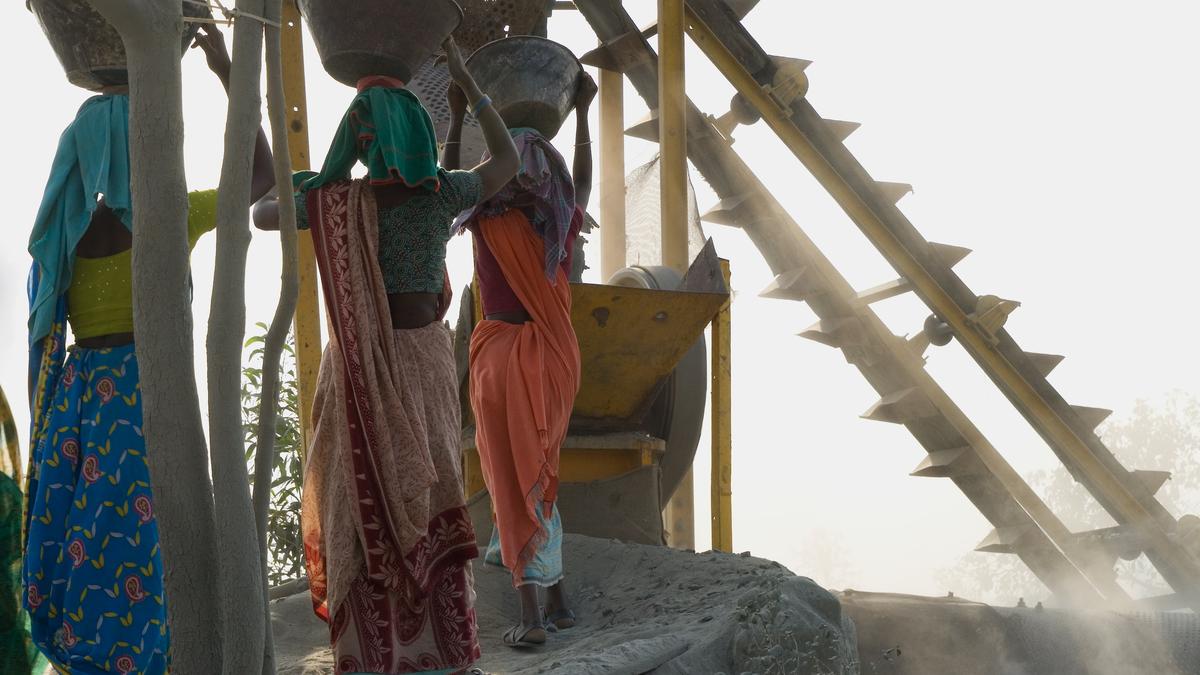
Economic Survey 2023-24: Economy needs to generate nearly 78.51 lakh jobs annually in the non-farm sector
The Hindu
Economic Survey 2023-24 highlights India's improving labor market indicators, rising female participation, and need for job creation strategies.
India's workforce is nearly 56.5 crore, with more than 45% employed in agriculture, 11.4% in manufacturing, 28.9% in services, and 13.0% in construction, highlights the Economic Survey 2023-24 released by the finance ministry on July 22.
The survey also added that female labour force participation has been rising over the last six years, and the unemployment rate is on the decline, the survey highlighted improvements in Indian labour market indicators over the past six years, with the unemployment rate dropping to 3.2% in 2022-23.
Economic Survey 2023-24 LIVE updates
The survey noted that employment has recovered from pandemic shocks in both urban and rural areas. It stated, “The female labour force participation rate has been rising for six years, from 23.3% in 2017-18 to 37% in 2022-23, driven mainly by the rising participation of rural women.”
Amid the government's push for the infrastructure sector, the survey stated that while the services sector remains a major job creator, the construction sector has been rising in prominence lately.
To meet the demands of the employment sector amid a growing population the survey pointed out that the Indian economy needs to generate nearly 78.51 lakh jobs annually in the non-farm sector. The net payroll additions under EPFO have more than doubled in the past five years, signalling healthy growth in formal employment.
Economic Survey 2023-24: India’s growth back to pre-COVID trends, 7%-plus growth possible in medium term

The Union Budget unveiled on February 1, 2025, has come at a time of unprecedented global uncertainty and a flagging domestic economy. The real GDP growth is estimated at 6.4% for 2024-25 and between 6.3-6.8% for 2025-26, a far cry from >8 percent growth required annually to make India a developed nation by 2047. While much attention has been devoted to the demand stimulus through income tax cuts, not enough is said about the proposed reforms in urban development, tariff rationalisation, and regulatory simplification aimed at making Indian cities and corporates more competitive. Since the majority of economic activity is located in cities (urban areas account for ~55% of GDP) and produced by large corporates (~40% of the national output and 55% of India’s exports), the above-mentioned reforms have a pivotal role in improving India’s trend growth rate. Below we unpack each reform.












